Completely mixed forests
prairie_gal_z2b
16 years ago
Related Stories
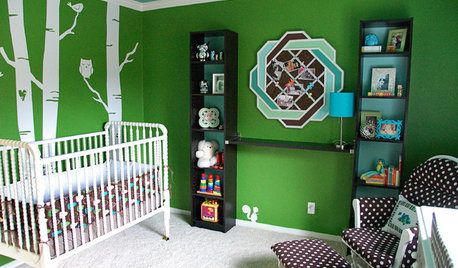
MORE ROOMSRoom Tour: Nursery Becomes 'Modern Forest'
Bold colors and whimsy create a design that will last for years (and children) to come
Full Story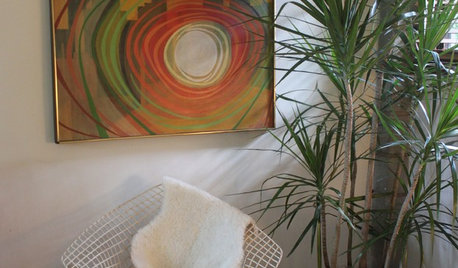
HOUSEPLANTSGet a Dash of the Rain Forest With Madagascar Dragon Tree
This living decoration reaches up to 15 feet, has minimal needs and adapts to different light levels — just steer clear of fluoride
Full Story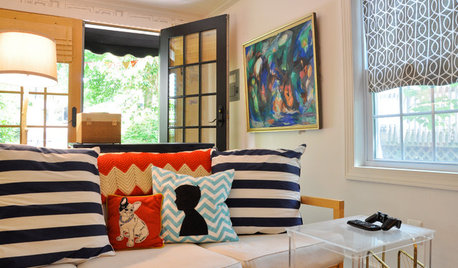
PATTERNMix Pillow Patterns Like a Pro: 17 Foolproof Themes
Toss together one of these helpful pattern mixes for a sofa, chair or bed bursting with liveliness
Full Story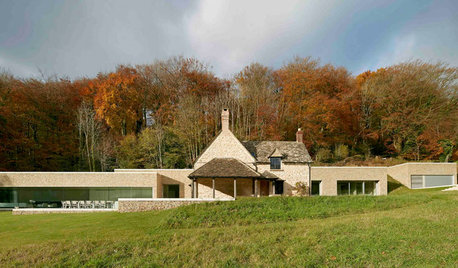
REMODELING GUIDESOld and New Make for a Jolly Good Mix in England
Give an 18th-century country cottage a contemporary addition, and what do you get? A surprisingly cohesive-looking home
Full Story
TASTEMAKERSA New Decorating Book Celebrates Expert Style Mixing
Old-world classic, traditional and modern elements harmonize in Stephen Sills' gift-worthy new decorating book
Full Story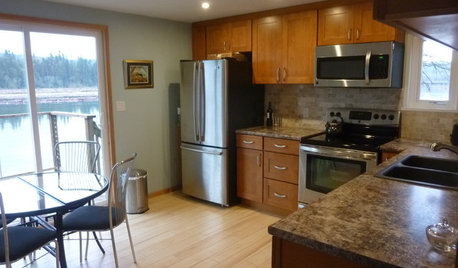
KITCHEN MAKEOVERSSee a Kitchen Refresh for $11,000
Budget materials, some DIY spirit and a little help from a friend turn an impractical kitchen into a waterfront workhorse
Full Story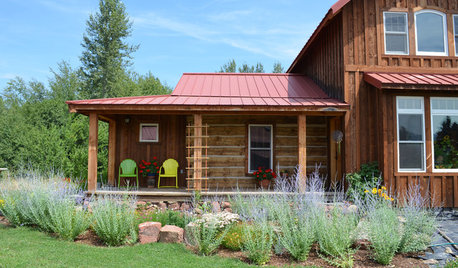
HOUZZ TOURSMy Houzz: An 1874 Cabin Completes a Rustic Oregon Home
It took 10 years and a hand-hewn log cabin to build this labor of love. See the results of one couple's patience and vision
Full Story
GREEN BUILDINGHouzz Tour: Going Completely Off the Grid in Nova Scotia
Powered by sunshine and built with salvaged materials, this Canadian home is an experiment for green building practices
Full Story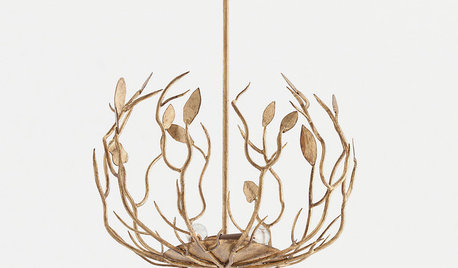
PRODUCT PICKSGuest Picks: An Enchanted Forest Bedroom
Live out a fairy tale with heirloom-quality bedroom furniture, natural accessories and a sprinkle of gilt
Full Story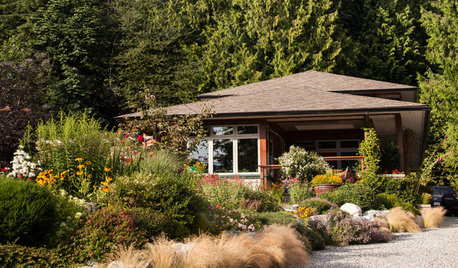
HOUZZ TOURSMy Houzz: Green Home Tucked in a Canadian Forest
Thoughtful craftsmanship and sustainability plus an exuberant edible garden make this bright home just right for a retiring couple
Full Story





lucy
quirkyquercus
Related Discussions
Gritty Mix Transition Complete
Q
Why do we water rain forest plants sparingly?
Q
Variegated Jade Forest (pics)
Q
Need help with soil mix, I'm completely lost !
Q
prairie_gal_z2bOriginal Author
MissSherry
quirkyquercus
lucy
prairie_gal_z2bOriginal Author
scotjute Z8
wisconsitom
prairie_gal_z2bOriginal Author
MissSherry
lsu27
prairie_gal_z2bOriginal Author
noki
dirtslinger2